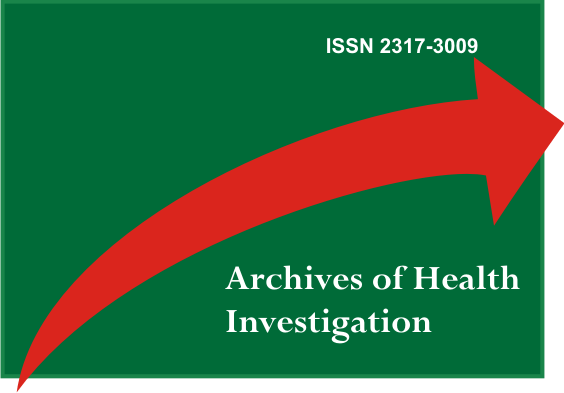The influence of the amount and fluoride concentration on dental enamel demineralization in situ
Resumo
The early use of fluoride dentifrices has been shown to be a risk factor for the development of dental fluorosis. Health officials have advocated the use of dentifrices with concentrations above 1000 ppm F, but applied in small quantities for young children, assuming that this measure minimizes the F systemic exposure to that source without compromising the clinical efficacy of the product. Based on this, the study assessed the effect of brushing with conventional dentifrice (CD) or low-fluoride dentifrice (LFD) applied in different quantities, on bovine dental enamel demineralization and on fluoride (F) concentrations in the dental biofilm in situ. Five experimental phases were conducted (7 days each), totaling 5 combinations of dentifrices and quantities: placebo (F-free) - applied on all brush bristles; LFD applied using the transversal technique (0.3 g - T1) or on all bristles (0.6 g - T2); and CD applied as a pea sized amount (0.15 g - T3) or using the transversal technique (0.3 g - T4), in order to produce comparable intensities. Volunteers (n=13) wore palatal devices containing 4 bovine enamel blocks, selected by surface hardness (SH). The cariogenic challenge was performed 6x/day, using a 30% sucrose solution and brushing 3x/day with the experimental dentifrices, following a double-blind, cross-over and randomized protocol. The biofilm formed on the blocks was collected at 5 and 60 min after brushing on the 8th experimental day. F concentration in biofilm and biofilm fluid were analyzed, as well the calculation of the percentage of surface hardness loss (%SH) and integrated loss of subsurface hardness (ΔKHN). Results were analyzed by ANOVA and Student- Newman-Keuls test (p<0.05). For %SH, T3 was significantly higher than T4. Significantly lower ΔKHN was achieved for blocks treated with the highest intensity (T2 and T4) compared with the lowest intensity (T1 and T3). It was concluded that the treatment intensity has a significant influence on the development of caries lesions, as well on F concentrations of dental biofilm formed in situ.Descritores: Fluoride; Dentifrices; Dental Caries.
Downloads
Não há dados estatísticos.
Downloads
Publicado
2019-02-06
Como Citar
Nagata ME, Coclete GEG, Cunha RF, Buzalaf MAR, Pessan JP, P. M. D. A. D. M. (2019). The influence of the amount and fluoride concentration on dental enamel demineralization in situ. ARCHIVES OF HEALTH INVESTIGATION, 7. Recuperado de https://www.archhealthinvestigation.com.br/ArcHI/article/view/4563
Edição
Seção
Odontologia Preventiva e Social


